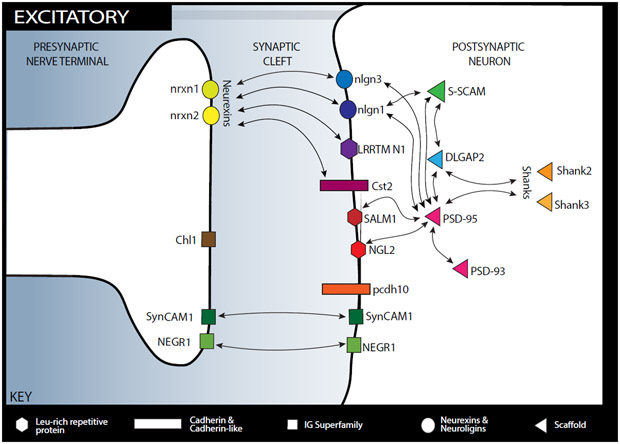Figure 2. sCAM interaction network in the excitatory synapse.
This figure shows the location of sCAMs discussed in the review within the excitatory synapse as well as their binding partners.
Calsyntenin-2 (Cst2) is a member of the cadherin superfamily and resides on the postsynaptic side of both inhibitory and excitatory synapses.
Cell adhesion molecule L-1 like (Chl1), a member of the immunoglobin superfamily, resides on the presynaptic membrane and is involved in heterophilic binding, though its specific binding partners are unknown.
Disk large associated protein 2 (DLGAP2) is primarily expressed in the postsynaptic side of excitatory synapses, binds DLG and Shank proteins, and may have a role in enrichment of PSD-95 at the plasma membrane.
Leucine rich repeat transmembrane neuronal 1 (LRRTM N1) resides on the postsynaptic side of excitatory synapses and binds trans-synaptically to neurexins.
Netrin-G ligand 2 (ngl-2) is a member of the leucine rich repeat protein, exists on the postsynaptic side of excitatory synapses, and binds to both netrin-G 2 and PSD-95.
Neural growth regulator 1 (NEGR1) is a member of the immunoglobin superfamily and its location on pre- and postsynaptic membranes is dependent on development.
The neurexin family (shown here are nrxn1 and nrxn2) are predominantly presynaptic organizers of the synapse with thousands of isoforms and multiple binding partners.
Neuroligin 1 (nlgn1) resides on the postsynaptic side of excitatory synapses and binds with neurexins and the scaffolding proteins PSD-95 and S-SCAM.
Neuroligin 3 (nlgn3) is on the postsynaptic side of both excitatory and inhibitory synapses and binds trans-synaptically to neurexins.
Postsynaptic density protein 93 (PSD-93) is expressed in postsynaptic neurons in excitatory and inhibitory synapses synapse and serves as a scaffolding protein, binding PSD-95, K+ channels, and NMDA receptors.
Postsynaptic density protein 95 (PSD-95) is expressed in postsynaptic neurons in excitatory synapse and serves as a scaffolding protein, binding many other SCAMs in addition to NMDAR.
Protocadherin 10 (pcdh10), a cadherin-like protein, is a postsynaptic protein that engages in both homophilic and heterophilic binding.
The Shank family (shown here, Shank2 and Shank3) are scaffolding proteins in postsynaptic neurons of excitatory synapses and bind to many synapse proteins as well as glutamatergic receptors directly and indirectly.
Synaptic adhesion like molecule (SALM1) is a postsynaptic molecule in the leucine rich repeat protein family that exists both in excitatory and inhibitory synapses and binds PSD-95.
Synaptic cell adhesion molecule 1 (SynCAM1), a member of the immunoglobin superfamily, is present on both the pre- and postsynaptic sides and is involved in homophilic as well as heterophilic binding.
Synaptic scaffolding molecule (S-SCAM) resides in the postsynaptic neuron in excitatory and inhibitory synapses and connects to glutamatergic receptors (NMDAR and AMPAR) as well as other synaptic proteins.

